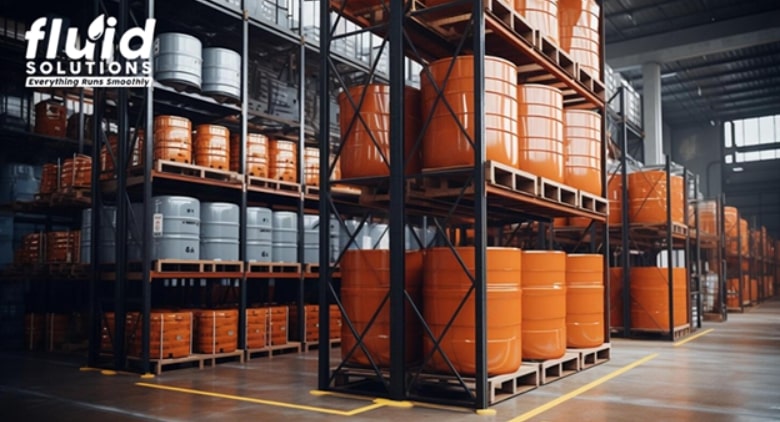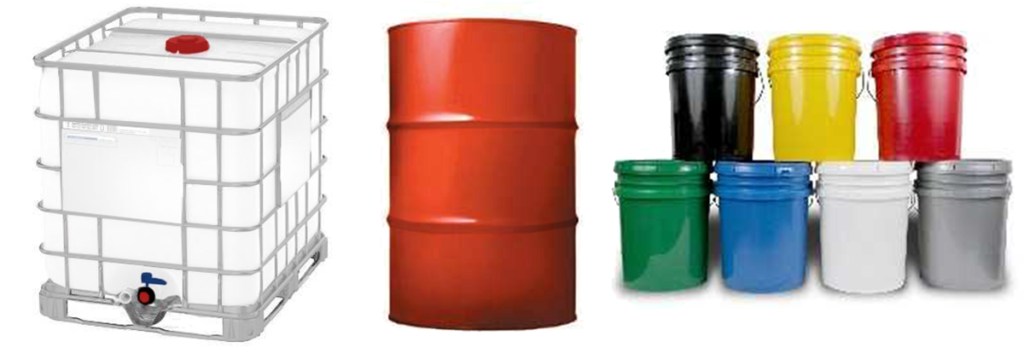
Proper storage of lubricants and grease is essential for maintaining their quality and ensuring optimal performance. Oils and greases, being critical components in various industrial and automotive applications, require specific handling and storage conditions to prevent contamination and degradation. This section will explore the best practices and key considerations for storing these substances effectively, ensuring they remain in top condition to provide the necessary lubrication and protection for your machinery and equipment. By following these guidelines, you can extend the life of your oils and greases, reduce maintenance costs, and enhance the reliability of your operations.
Types of Containers for Oils and Greases
Proper storage of lubricants and greases is a critical yet often overlooked aspect of maintenance practices. Ensuring optimal performance of lubricants and grease requires protection against environmental elements. Common containers used for storing lubricants and greases include Intermediate Bulk Carriers (IBCs), drums, and pails.

[Image Alt Text: Lubricant Storage Types – Intermediate Bulk Carriers (IBCs), drums, and pails]
Drums on Their Side (Instead of Upright)
Storing containers in a cool, dry, and covered warehouse is the first step towards effective lubricant storage. This helps prevent contamination from moisture (water) and solid particulates (e.g., dust). For outdoor storage, it’s advised to use protective covers or lay drums on their sides to prevent contaminants from entering via bungholes. Proper grease or lubricant storage practices ensure the longevity and efficacy of the product.
Unstable / Separated Die-Lubricant Due to Direct Sunlight
When it comes to temperature control, it is crucial to ensure that the temperature does not exceed 35°C. Elevated temperatures can cause component separation and sedimentation of additives, particularly in water-based lubricants like those used for metalworking. Direct sunlight should be avoided as it can lead to unstable or separated die-lubricant, compromising the effectiveness of the hydraulic oil storage.
Place Lubricants on Pallets
Organizing and handling lubricants efficiently involves placing drums and pails on pallets. This practice aids in identification and handling, especially when using forklifts or pallet trucks. For safety, stacking should be limited to a maximum of three heights. Pallets not only facilitate easy handling but also contribute to systematic lubricant storage.
Catch Basins, Pallet with Basin, Trench
Given the inevitability of unintentional oil spills, implementing a containment system is highly recommended to prevent oils from contaminating water streams or soil. Options include simple catch basins (drip pans), pallets with basins, or trenches surrounding the storage area. These containment methods are essential in maintaining an environmentally safe lubricant storage area.
Spill Kits
Having spill kits readily available is crucial for quick response to any unintentional spills. These kits should include absorbent materials like sand, earth, or wood chips to manage spills at ground level effectively.
Conclusion
Proper storage of lubricants and greases is essential for maintaining their performance and longevity. By following best practices for container storage, temperature control, organization, and spill prevention, maintenance practitioners can ensure that these products remain effective. Implementing robust hydraulic oil storage solutions and having spill kits on hand are crucial steps in achieving optimal storage conditions.
Optimize Your Storage with Fluid Solutions
Fluid Solutions offers expert advice and solutions for optimizing your bulk lubricant storage. Contact Fluid Solutions at (02) 8370 5928 or via email at inquiry@fluidsolutions.com.ph today for tailored storage solutions that meet your specific needs. Ensure the best performance and safety for your lubricants and greases with our comprehensive storage solutions.


